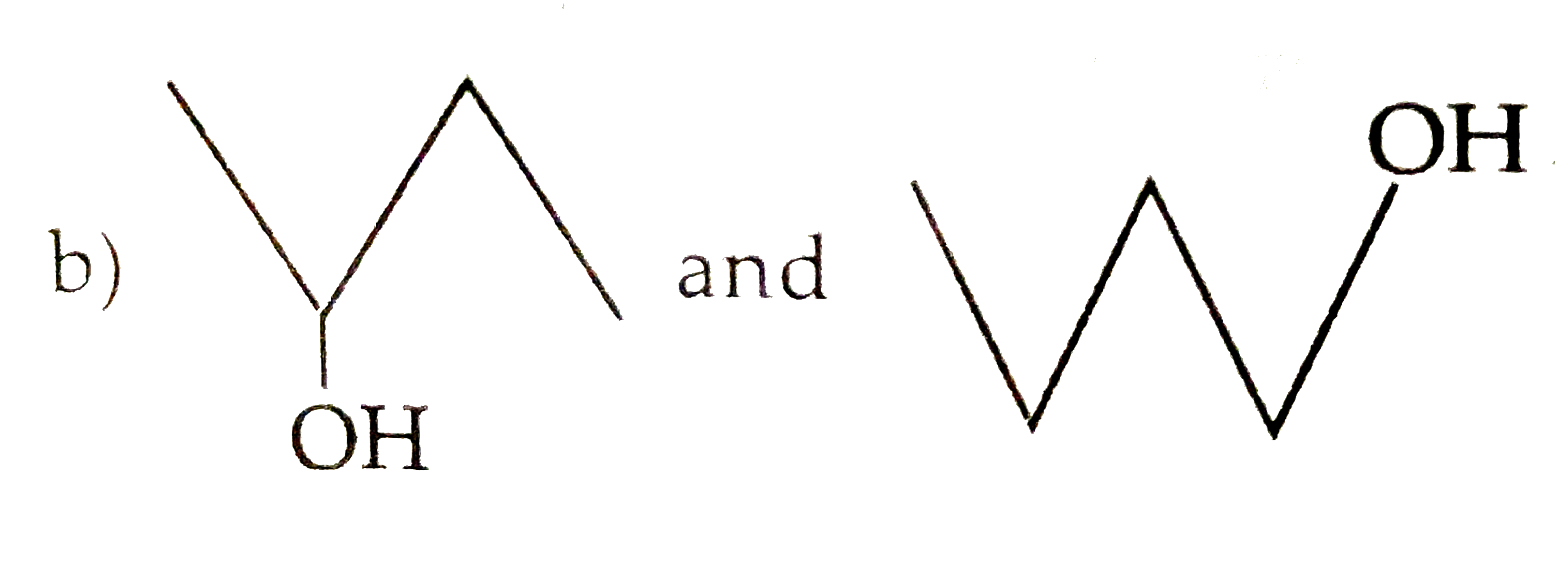In the given reaction
CH3−CH2−C≡C−H(i)BH3−−−−−−−−−→(ii)H2O2/OΘH(X), (X)will be
Butanal
Butanone
2 - butanol
1 - butanol
The correct Answer is:A
To solve the given reaction step by step, we will analyze the addition of BH3 and H2O2 to the alkyne, following the anti-Markovnikov rule.
1. Identify the Reactant:
The reactant is 1-butyne (CH3-CH2-C≡C-H). It is an alkyne with a triple bond between the second and third carbon atoms.
2. Addition of BH3:
When BH3 is added to the alkyne, it undergoes hydroboration. According to the anti-Markovnikov rule, the boron atom will add to the carbon with more hydrogen atoms. Therefore, the boron will attach to the terminal carbon (the one with the hydrogen), and the hydrogen will add to the carbon with the triple bond.
The product after this step will be:
CH3−CH2−C(BH2)−CH3
(This is trialkyl boron, where the boron is bonded to the carbon that was part of the triple bond.)
3. Oxidation with H2O2 and OH-:
The next step involves treating the boron compound with hydrogen peroxide (H2O2) in the presence of a base (OH-). This leads to the replacement of the boron with a hydroxyl group (OH).
The reaction will convert the trialkyl boron compound into an alcohol:
CH3−CH2−CH(BH2)−CH3H2O2,OH−−−−−−−−→CH3−CH2−CH(OH)−CH3
This product is an enol form.
4. Tautomerization to Keto Form:
The enol can undergo tautomerization to form a ketone. In this case, the double bond shifts, and a hydrogen atom is transferred to the oxygen, resulting in the formation of a carbonyl compound (ketone).
The final product after tautomerization is:
CH3−CH2−CO−CH3
This compound is butan-2-one (or methyl ethyl ketone).
5. Conclusion:
The product (X) formed from the reaction is butan-2-one.
Final Answer:
(X) will be butan-2-one.
The reactant is 1-butyne (CH3-CH2-C≡C-H). It is an alkyne with a triple bond between the second and third carbon atoms.
When BH3 is added to the alkyne, it undergoes hydroboration. According to the anti-Markovnikov rule, the boron atom will add to the carbon with more hydrogen atoms. Therefore, the boron will attach to the terminal carbon (the one with the hydrogen), and the hydrogen will add to the carbon with the triple bond.
CH3−CH2−C(BH2)−CH3
(This is trialkyl boron, where the boron is bonded to the carbon that was part of the triple bond.)
The next step involves treating the boron compound with hydrogen peroxide (H2O2) in the presence of a base (OH-). This leads to the replacement of the boron with a hydroxyl group (OH).
CH3−CH2−CH(BH2)−CH3H2O2,OH−−−−−−−−→CH3−CH2−CH(OH)−CH3
This product is an enol form.
The enol can undergo tautomerization to form a ketone. In this case, the double bond shifts, and a hydrogen atom is transferred to the oxygen, resulting in the formation of a carbonyl compound (ketone).
CH3−CH2−CO−CH3
This compound is butan-2-one (or methyl ethyl ketone).
The product (X) formed from the reaction is butan-2-one.
(X) will be butan-2-one.
Topper's Solved these Questions
Similar Questions
Knowledge Check
In the given reaction [C6H5−CH2−CH2−⊕N(CH3)2−CH2−CH3]ΘOHΔ−−→ (X) as major product will be
AC6H5−CH=CH2BCH2=CH2CC6H5−CH=CH−CH3DCH3−CH=CH−CH3दी गई अभिक्रिया में (X) होगा :
CH3−CH2−C≡C−H(i)BH3−−−−−−−−−→(ii)H2O2/OϴH(X)Aब्यूटेनेलBब्यूटेनोनC2-ब्यूटेनॉलD1-ब्यूटेनॉलIn the sequence of reaction .
CH3−CH2−CH=CH2(i)B2H6/THF−−−−−−−−−−→(ii)H2O2/NaOHAconc.H2SO4−−−−−−→BH3O+−−−→C
In above reaction A and C are respectivelyA B
B C
C D
D
In the given reaction ,
CH3−O∣∣C−C2H5[x]−−→CH3−CH2−C2H5
X will be :
View SolutionIn the reaction
CH3−C≡C−CH3(i)X−−−−−−−−→(ii)H2/ZnCH3−C∣∣O−C∣∣O−CH3 X is:
View SolutionIn the given reaction
CH3−Br∣CH−CH2−COOHNaOH−−−→(X).
'X' will be
View SolutionIn the reaction sequence CH3−CH2−CH2−BrAgCN−−−→(X)H2∅H+−−−−→(Y) (Y) will be
View SolutionWhat is the final product of the reaction?
(CH3)HC=C(CH3)CH2CH3(i)BH3/THF−−−−−−−−−→(ii)H2O2/OHPCC−−−−→CH2Cl2(i)CH3MgBr−−−−−−−−→(ii)H3O+
View Solution
